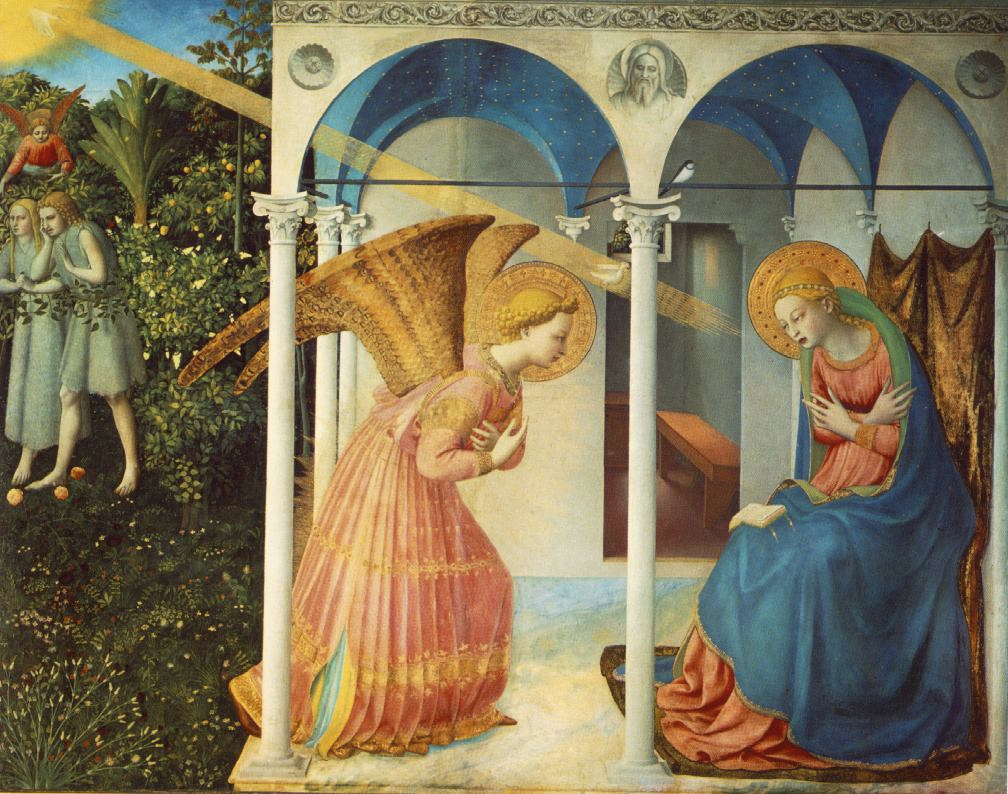To kill every sparrow in sight, try the following: shoot them, raze their nests, beat drums constantly to scare them, and shake the trees where they land. Eventually they will drop dead of exhaustion. It’s true.
Login to read more
Sign in or create a free account to access Subscriber-only content.
Topics:
